Turning 60 this year, the Thessaloniki International Film Festival (which runs until November 12) can’t boast about being Europe’s oldest – Venice is 87, Cannes is 73 and Berlin is 68 – but what does age matter? “I’ve been to lots of festivals around the world, but nowhere have I found such a friendly and vibrant environment as right here in Thessaloniki,” director Wim Wenders said in 2006, during a visit to the event for a major retrospective of his work.
The list of great filmmakers and actors who have graced the event with their presence and who left similarly enchanted is a long one: Nagisa Oshima, Bernardo Bertolucci, Claude Chabrol, Ken Loach, Francis Ford Coppola, Alexander Payne, Jim Jarmusch, Catherine Deneuve, Faye Dunaway, Isabelle Huppert and John Malkovich are just a few of the entries.
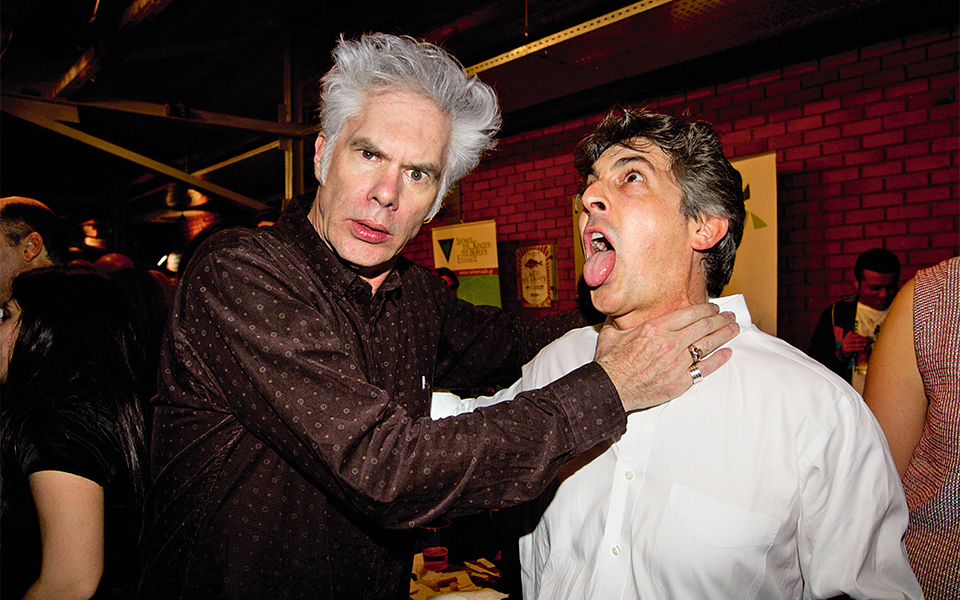
© Thessaloniki Festival Archive
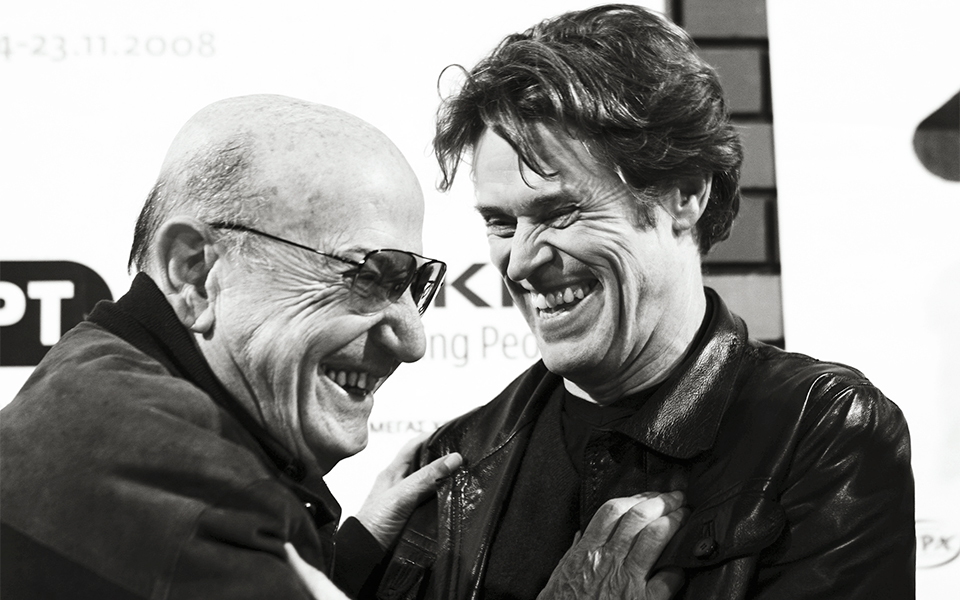
© Thessaloniki Festival Archive
A lot has changed between the first Greek Cinema Week in 1960 and this year’s Thessaloniki International Film Festival: the city, the audiences and the institution itself have all undergone transformations.
Even the flagship Olympion Cinema on Aristotelous Square, the festival’s headquarters, is not the same building that welcomed the first Cinema Week 57 years ago. Designed in 1950 by Jacques Mosset, the French architect behind many important buildings in post-World War II Thessaloniki, the Olympion was neglected for many years before its radical restoration in 1997.
In that same year, the old warehouses at the port were also renovated and turned into festival venues, signaling a new era for both a city and an event that now looked towards the open horizons of the sea, generating a new enthusiasm that brought with it more cinematic screenings, more foreign visitors, new hangouts and a revitalized foodie scene.
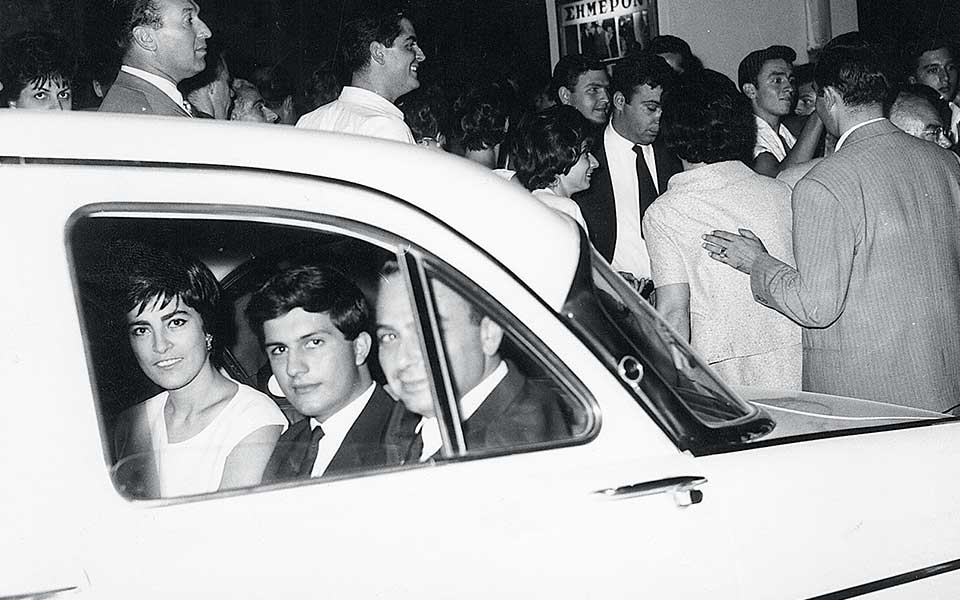
© Thessaloniki Festival Archive
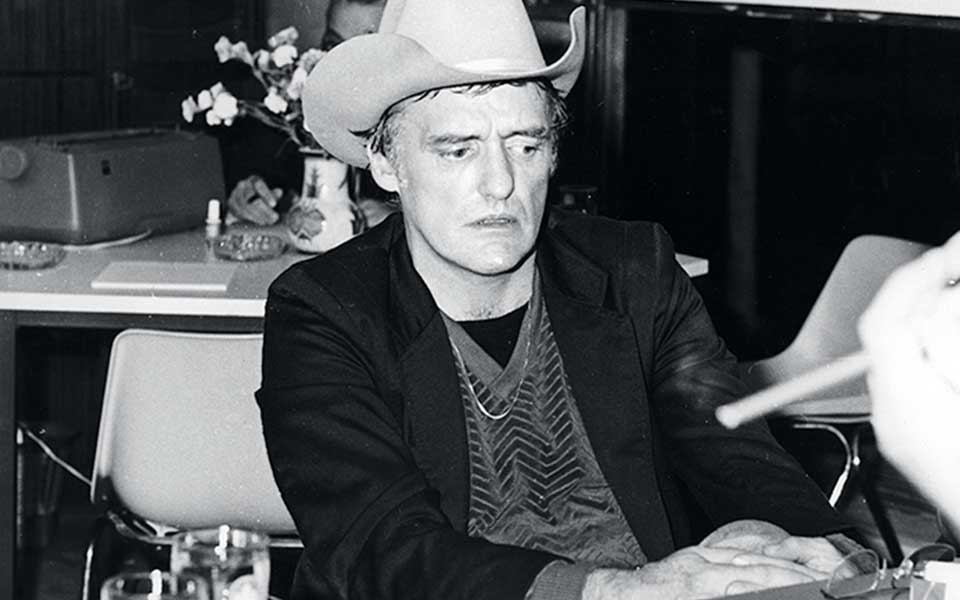
© Thessaloniki Festival Archive
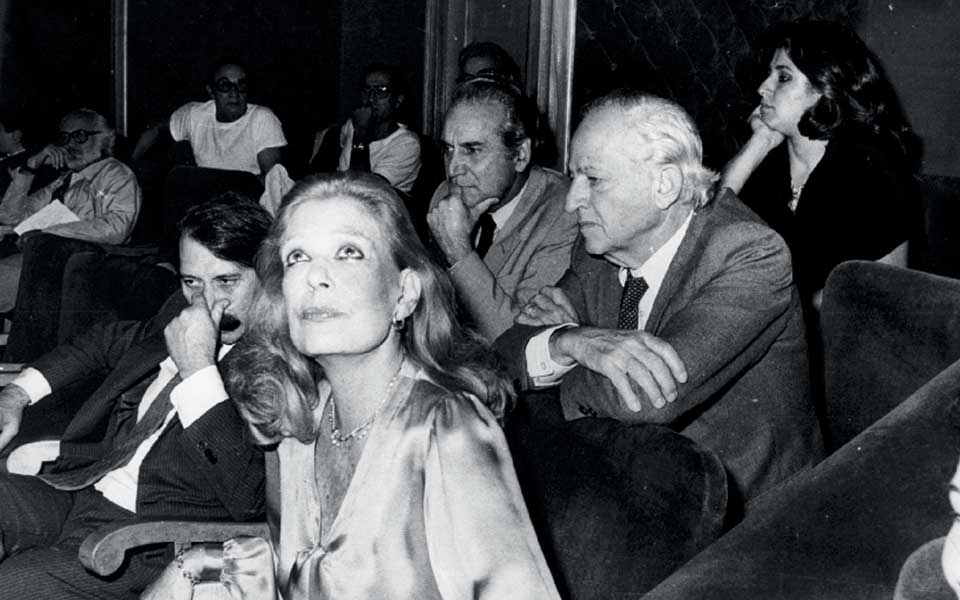
© Thessaloniki Festival Archive
The festival became an international event in 1992, a decision that gave the event a whole new character, one focused on a renewed interest in innovation and on bold artistic instincts.
The changes that followed were momentous. All of a sudden, Thessaloniki was the city where you could rub shoulders at dinner with Atom Egoyan, debate 71 Fragments of a Chronology of Chance with Michael Haneke or come across Faye Dunaway strolling at the port. The new program also linked the Greek film industry to the cutting edge of international cinema, with an emphasis on independent productions.
Inevitably, audience numbers rose dramatically and the once introspective Greek Film Festival (with all its divisiveness, discord and isolation) was saved from ruin.











